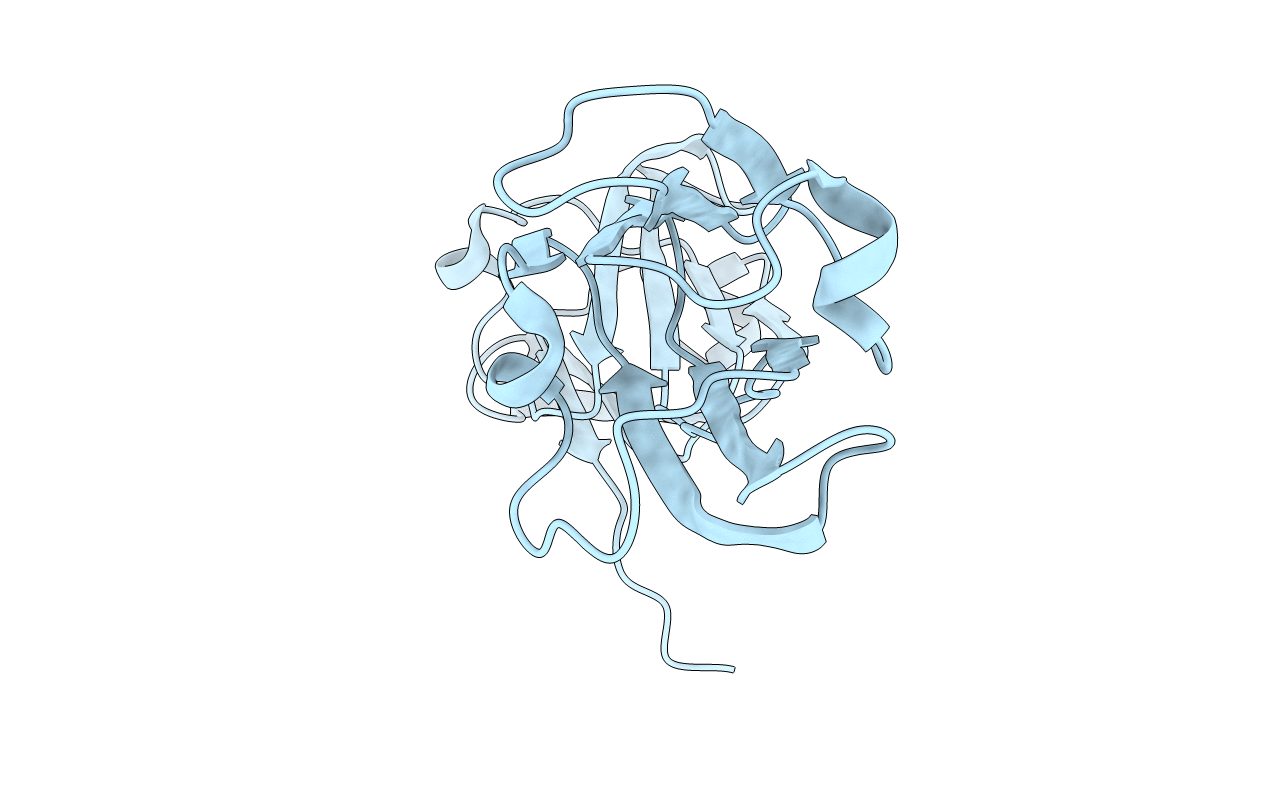
Deposition Date
2005-02-10
Release Date
2006-01-31
Last Version Date
2024-03-13
Method Details:
Experimental Method:
Resolution:
1.70 Å
R-Value Free:
0.19
R-Value Work:
0.17
R-Value Observed:
0.18
Space Group:
I 2 2 2


